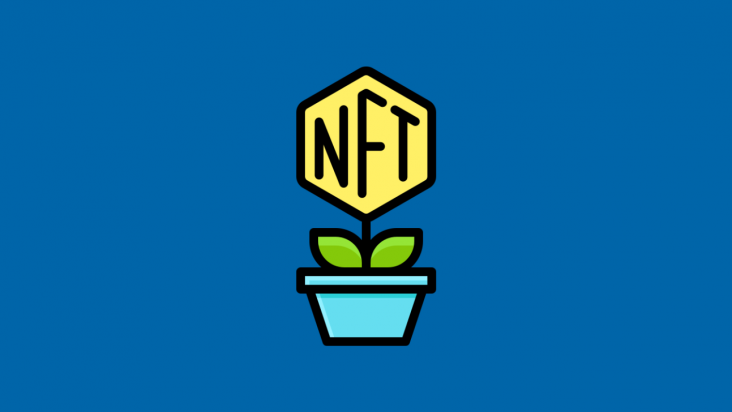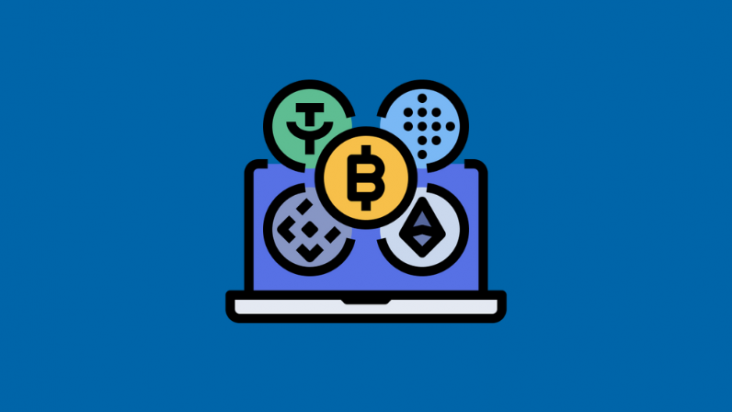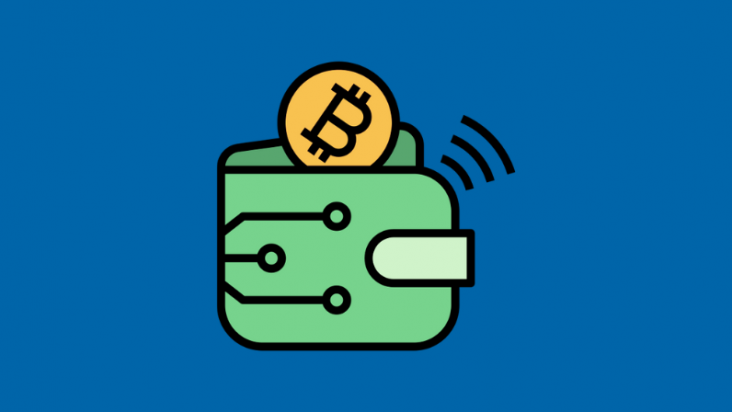

In the rapidly evolving world of Web3, understanding tokenomics is essential for anyone involved in creating or managing cryptocurrency-based ecosystems. Tokenomics, a blend of “token” and “economics,” refers to the economic structure and incentive mechanisms that govern the issuance, distribution, and utilization of tokens within blockchain systems. As blockchain technology continues to disrupt traditional industries, tokenomics has become a crucial element in the design and success of decentralized platforms and digital currencies. This article will explore the fundamental principles of tokenomics, its components, and the process of designing a sustainable token economy.
The Role of Tokenomics in Web3
Web3 represents a paradigm shift in how we interact with the internet, moving towards decentralization and promoting user empowerment. It encompasses a wide array of technologies, including cryptocurrencies, decentralized applications (dApps), decentralized autonomous organizations (DAOs), and blockchain-based assets. Tokenomics underpins these technologies by establishing the economic rules that govern the creation, circulation, and utility of tokens within the ecosystem.
A well-designed tokenomics model can create a balanced, scalable, and sustainable digital economy. It aligns the incentives of all participants — token holders, miners, validators, developers, and users — while ensuring the long-term viability of the project. Tokenomics is not just about issuing tokens and setting rules; it’s about creating an ecosystem where every participant has a role to play, and their actions are incentivized in ways that drive the growth of the entire system.
Key Elements of Tokenomics
Designing a token economy is a multifaceted process, and the key components of tokenomics are crucial to ensure it functions smoothly and sustainably. Each element plays a specific role in balancing the economic forces within the ecosystem. Let’s explore them in more detail:
1. Token Supply and Emission Schedule
A key design decision is determining the total supply of tokens and how they will be distributed over time. There are two major types of token supply models:
- Fixed Supply: Tokens with a fixed supply, like Bitcoin, have a set cap — in Bitcoin’s case, 21 million BTC. This scarcity often plays a role in the store of value narrative, as the limited supply is designed to mimic precious commodities like gold. The emission schedule (the rate at which new tokens are issued) is designed to reduce over time, making the asset more scarce as demand potentially increases.
- Inflationary Supply: Some tokens, such as Ethereum, have an inflationary model, where new tokens are continuously issued as part of rewards. Ethereum, for example, started with no cap on the total supply, but its monetary policy has shifted towards a deflationary model with the introduction of EIP-1559. While inflationary models can drive the growth of the ecosystem by encouraging participation, they also require careful management to avoid excessive inflation.
Designing the token supply should consider factors such as inflation rates, deflationary measures (like burning tokens), and reward mechanisms. The decision about how many tokens are issued, when they are released, and how they will be distributed significantly impacts the long-term health of the ecosystem. Balancing demand and supply helps create a thriving token economy where users feel confident about the value of the token in the long run.
2. Token Distribution
Token distribution is the mechanism by which tokens are allocated to stakeholders: the founders, investors, early users, and the wider community. The design of this distribution model is critical for both fairness and incentivizing growth.
- Initial Distribution: Many blockchain projects raise capital through Initial Coin Offerings (ICOs) or Initial DEX Offerings (IDOs). For example, Polkadot (DOT) distributed tokens via an ICO, ensuring a broad community of participants. However, the distribution process must be transparent and avoid concentration of wealth in the hands of a few.
- Vesting Periods: To prevent early investors and founders from selling their tokens too quickly, many projects implement a vesting period. This ensures that the team remains incentivized to contribute to the project’s success over the long term.
- Incentive Alignment: Distribution models should align the interests of stakeholders. If the majority of tokens are controlled by founders or early investors, it can lead to centralization, undermining the decentralization ethos of many blockchain projects. A well-designed distribution model, like Bitcoin’s mining rewards or Stellar’s (XLM) airdrops, aims to ensure broad participation and avoid centralization.
3. Incentive Mechanisms
A crucial aspect of designing tokenomics is the development of incentive structures that encourage desired behaviors from users, validators, miners, and developers. These incentives can take many forms, including staking rewards, liquidity mining, and governance participation.
- Staking: In Proof-of-Stake (PoS) networks, such as Cardano (ADA) and Solana (SOL), users lock up their tokens in a process called staking in exchange for rewards. This incentivizes users to secure the network and helps maintain its decentralized nature by encouraging token holders to participate actively.
- Governance: Some tokens, like Uniswap’s UNI, are designed for governance purposes. Token holders can vote on key protocol decisions, such as system upgrades or changes to tokenomics. Governance systems empower users to have a say in how the ecosystem evolves, creating a more decentralized and community-driven economy.
By implementing such incentive mechanisms, tokenomics can align the goals of individual users with the overall success of the ecosystem.
4. Utility and Governance
Tokens can serve multiple purposes within a system. They can be used for governance, transaction fees, or as a means of exchange. The design of the token’s utility within the ecosystem should be clear and valuable to all participants.
- Governance: Tokens like Aave (AAVE) or Compound (COMP) give holders the power to vote on decisions related to the protocol, such as the addition of new assets, changes to interest rates, or updates to the system. This ensures that decisions are made collectively, empowering the community rather than a centralized authority.
- Means of Exchange: Many tokens are designed as mediums of exchange, such as BAT (Basic Attention Token), which rewards users for interacting with ads in the Brave browser. These tokens create a circular economy where participants are incentivized to contribute, use, and circulate tokens.
A well-designed token economy must establish clear and valuable utilities for tokens to ensure demand and user participation. Without real utility, tokens lose their value and purpose, leading to reduced engagement and a fragile ecosystem.
5. Transaction Fees and Deflationary Mechanisms
Many blockchain networks charge transaction fees that are paid in native tokens. These fees incentivize miners or validators to process transactions and secure the network. However, some networks, such as Ethereum, also implement deflationary mechanisms to burn tokens, reducing their supply over time.
- Burning Mechanism: Ethereum’s EIP-1559 introduced a mechanism where a portion of transaction fees is burned, reducing the total supply of ETH. This deflationary model helps to counteract inflation and can increase the scarcity of tokens, potentially raising their value over time. Other tokens like Shiba Inu (SHIB) have used burning mechanisms to create scarcity and influence price dynamics.
These mechanisms help manage inflation and create incentive structures that reward participants while simultaneously controlling token supply.
The Process of Designing Tokenomics
Designing a robust tokenomics model is a multifaceted process that requires careful planning and strategic decision-making. The key stages in this process include:
Rule-setting
Establishing the foundational rules of the tokenomics model is the first critical step. This involves defining:
- Token Supply Schedule: Decide on the total supply of tokens and the rate at which new tokens will be issued. For instance, Bitcoin has a fixed supply of 21 million coins, with a decreasing issuance rate over time. In contrast, Ethereum initially had no cap on its supply, but with the introduction of EIP-1559, it has adopted a deflationary model by burning a portion of transaction fees.
- Consensus Mechanism: Choose the method by which transactions are validated and added to the blockchain. Proof-of-Work (PoW) and Proof-of-Stake (PoS) are common mechanisms, each with its own implications for security and energy consumption.
- Distribution Model: Determine how tokens will be allocated among stakeholders, including founders, investors, and the community. A well-balanced distribution ensures that no single party has undue influence over the network.
For example, the Polkadot (DOT) project conducted an Initial Coin Offering (ICO) to distribute tokens, aiming for a broad community participation. However, the distribution process must be transparent and avoid concentration of wealth in the hands of a few.
Conception and Scenario
PlanningThis stage involves modeling the interactions between different participants using game theory and simulations. By simulating various scenarios, developers can anticipate challenges and refine the tokenomics model.
- Game Theory Application: Analyze strategic interactions among participants to design incentive structures that encourage behaviors beneficial to the ecosystem. For instance, in a mining pool, individual miners may cooperate by pooling their resources to increase the chances of solving a block, but they still compete for the block reward.
- Simulation Tools: Utilize computational models to test different economic scenarios, such as changes in token supply or transaction fees, to predict their impact on market behavior. This process helps to mitigate risks and improve decision-making.
A study on the Insolar blockchain network demonstrated how systems modeling and simulation, combined with cryptocurrency expertise, can design mechanisms to incentivize enterprises and individual users to use a new MainNet public blockchain network.
Optimization and Fine-Tuning
After testing various scenarios, optimization techniques are applied to refine the tokenomics model. The goal is to maximize positive outcomes, such as network security and user adoption, while minimizing risks like inflation or centralization.
- Adjusting Parameters: Modify aspects like token supply, distribution rates, and incentive structures based on simulation results to achieve desired economic outcomes.
- Feedback Loops: Implement mechanisms to gather feedback from the community and stakeholders to continuously improve the model.
For example, the Curve Finance protocol employs a contribution-rewards model to incentivize liquidity providers, demonstrating how fine-tuning incentive structures can lead to a more efficient and user-friendly platform.
Documentation and Launch
Once the tokenomics model is refined, it is documented in detail. This includes a comprehensive explanation of the token’s supply, utility, governance, and distribution mechanisms. The model is then implemented through smart contracts, and the token is launched.
- Transparency: Provide clear and accessible documentation to ensure that all participants understand the tokenomics model and their role within the ecosystem.
- Smart Contract Deployment: Develop and deploy smart contracts that enforce the rules defined in the tokenomics model, ensuring trustless execution of transactions and governance decisions.
A comprehensive guide on building a sustainable tokenomics model emphasizes the importance of defining project goals, researching the market and audience, selecting the right blockchain platform, and choosing the appropriate token standard.
By following these stages, developers can create a tokenomics model that aligns the interests of all stakeholders, fosters long-term growth, and ensures the sustainability of the token economy.
Essence of Tokenomics
Tokenomics is a critical component of designing a successful token economy. By carefully considering elements like token supply, distribution, incentive mechanisms, and utility, developers can create a system that aligns the interests of all stakeholders and fosters long-term growth. The use of game theory, simulations, and optimization techniques further enhances the effectiveness of tokenomics models, ensuring that they are resilient and sustainable in the ever-changing Web3 landscape. As blockchain technology continues to evolve, mastering tokenomics will remain essential for anyone seeking to build impactful decentralized applications or cryptocurrencies.








